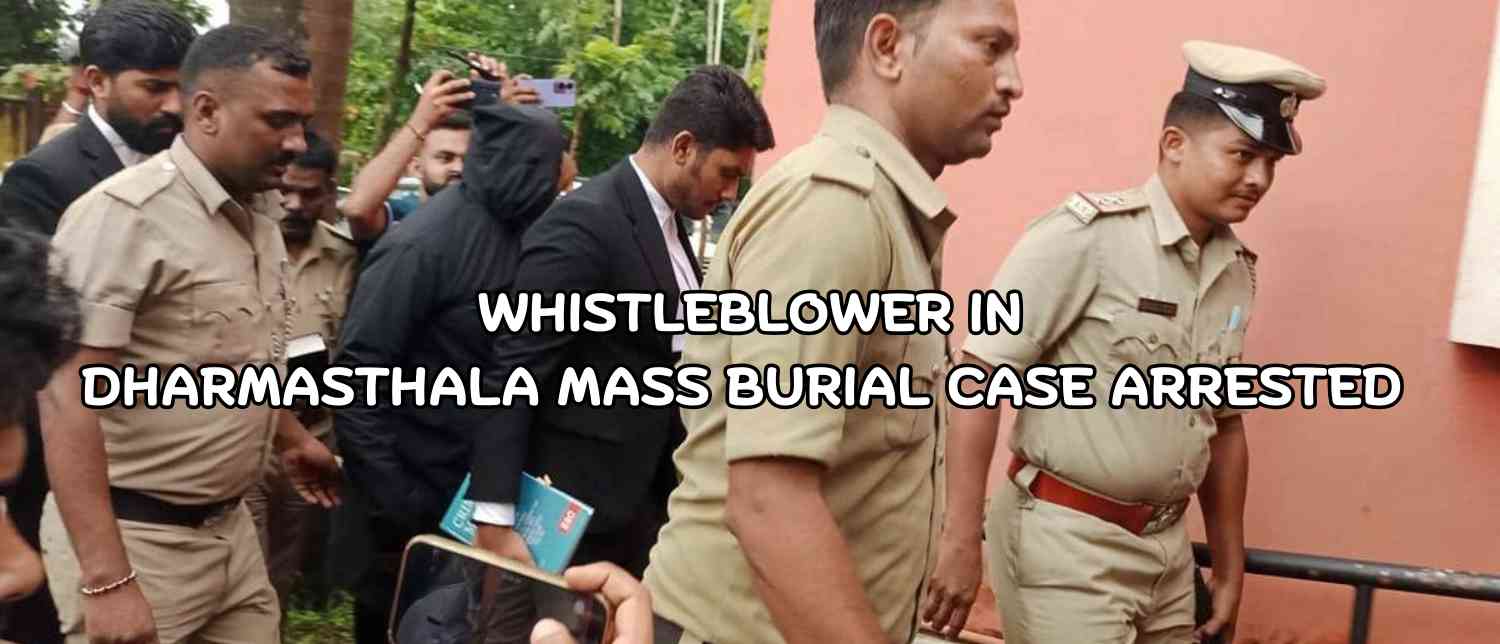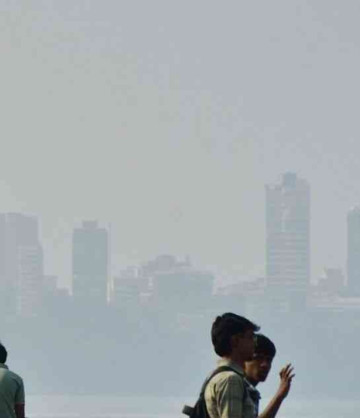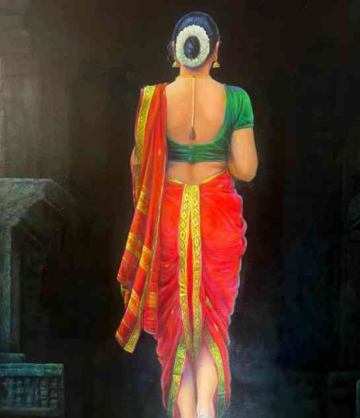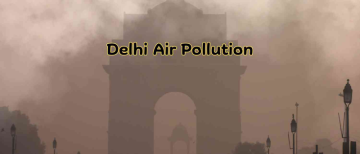The Dharmasthala “mass burial” case in Karnataka has gripped the state with shocking twists, disturbing claims, and fierce political crossfire. What began as a chilling whistleblower complaint about mass graves, sexual assaults, and murders has now turned into a dramatic investigation that raises more questions than answers.
In a stunning development, the whistleblower himself — once hailed as a key witness — has been arrested by the Special Investigation Team (SIT) for allegedly fabricating evidence and misleading the police. The case, which initially appeared to reveal dark secrets in the temple town of Dharmasthala, has now spiraled into controversy, exposing not just conflicting testimonies but also political opportunism.
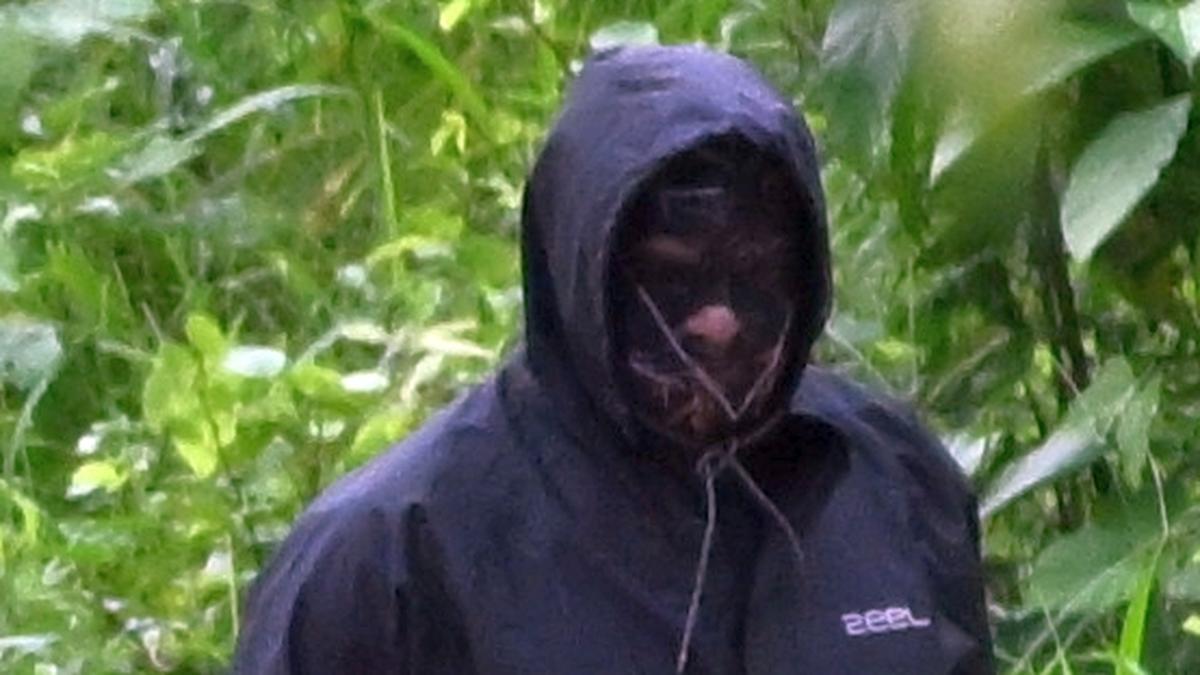
The Whistleblower’s Explosive Allegations
The case first came to light when a former sanitation worker from Dharmasthala, later identified as C. N. Chinnayya alias Chenna, filed a complaint in early July 2024.
Chinnayya, who had worked in the temple town between 1995 and 2014, alleged that he had been forced to bury 70–80 bodies over nearly two decades. According to his testimony, these were not ordinary burials but victims of murders and sexual assaults, carried out by powerful groups within the town.
Driven by guilt, he claimed he revisited one burial site and unearthed skeletal remains, even submitting photographs to authorities. He also claimed he could identify perpetrators and point out at least 13 different burial sites scattered around the region.
Police immediately registered a case under the Bharatiya Nyaya Sanhita (BNS) on July 4, 2024, the day after he lodged the complaint with the Superintendent of Police and Dharmasthala Police Station.
Chinnayya demanded legal protection for himself and his family, insisting that he had been threatened in the past. His lawyer even stated that sketches of the alleged victims would be submitted to court later.
Dakshina Kannada Superintendent of Police, Arun K, confirmed at the time:
“The complainant has claimed he secretly disposed of the bodies of those killed due to criminal activities. Burdened with guilt, he has expressed willingness to reveal details of those involved in the crimes and the burial locations, provided he and his family are given protection.”
Early Investigations and Recovery of Skeletal Remains
Taking his claims seriously, the SIT launched an exhumation drive near the Netravathi River. Within days, investigators reportedly unearthed 15 bones suspected to be human, from the sixth of 13 locations provided by the complainant.
A forensic expert on site suggested that the remains were male skeletal fragments, but emphasized that a full scientific examination was required for confirmation.
Interestingly, from another site, police recovered a PAN card and a debit card, which were later traced to Suresh, a man from Nelamangala in Bengaluru Rural district, who had already died of jaundice earlier in 2024 and been cremated. Police suggested he may have lost his cards on a past visit to Dharmasthala, complicating the investigation with unrelated evidence.
This raised immediate doubts about the credibility of Chinnayya’s claims.
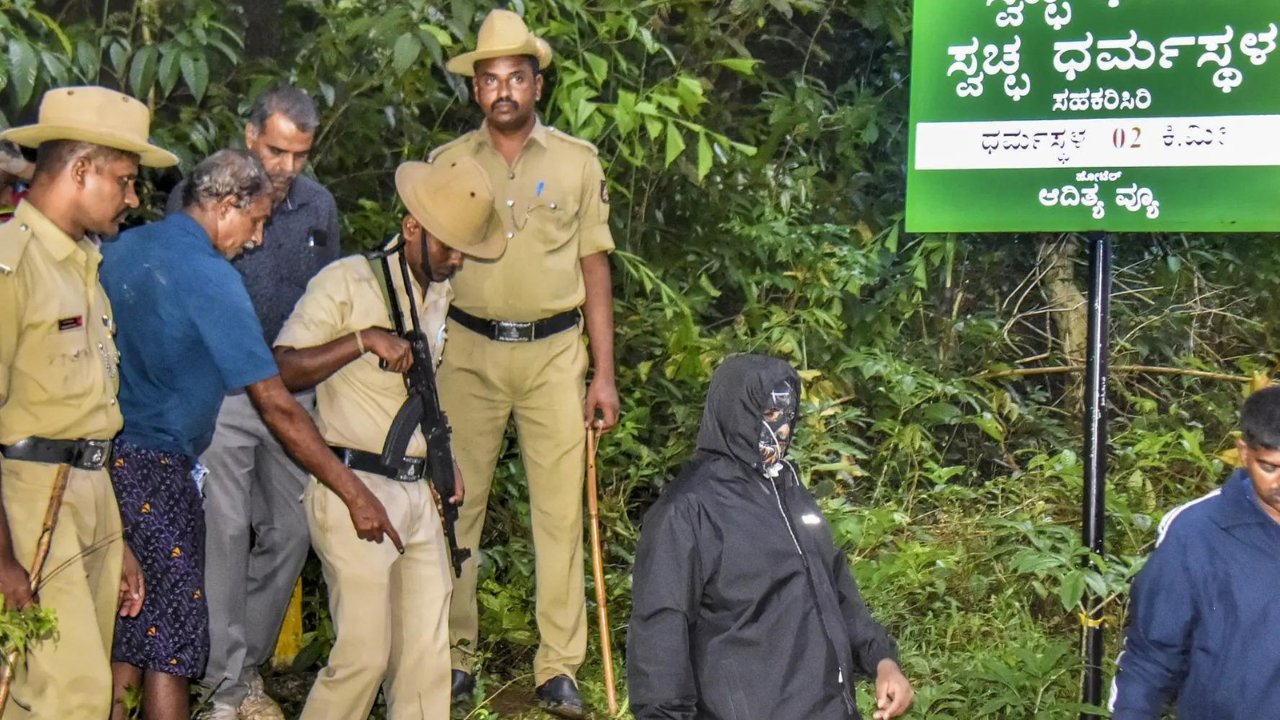
The Whistleblower’s Arrest: A Major Twist
On August 23, 2024, the investigation took a dramatic U-turn. After overnight interrogation, the SIT arrested Chinnayya on charges of perjury and furnishing false evidence.
Sources revealed that the skull he initially produced was fake, deliberately planted to bolster his claims. The SIT also found inconsistencies in his statements and documents, undermining his entire testimony.
The arrest was confirmed by Karnataka’s Home Minister G. Parameshwara, who told reporters in Udupi:
“The SIT has arrested the complainant witness, and he is in police custody. Since the investigation is in progress, more details cannot be disclosed. Only the SIT can disclose why he was arrested and the purpose. Based on his statement, we commenced the investigation. We do not instruct the SIT on how to conduct the probe.”
Following the arrest, Chinnayya was taken for a medical examination before being produced before a magistrate.
Family and Villagers Speak Out
After the arrest, those who knew Chinnayya painted a very different picture of the so-called whistleblower.
-
Ex-wife’s revelations: Rathnamma, his former wife, publicly accused him of being a habitual liar and a man prone to domestic abuse. Married in 1999 and divorced in 2006, she revealed that he had lied in court to avoid paying alimony. She insisted that in all their years together, he had never once mentioned mass burials or murders, and she believed he concocted the story for financial gain.
-
Villagers’ accounts: Residents of Chikkaballi, his native village, recalled that he was known to do “anything for money.” They alleged that he had married multiple times while living in Dharmasthala, but all marriages failed. Villagers expressed skepticism about his allegations from the very beginning, suspecting them to be baseless fabrications.
Another Shocking U-Turn: The Missing Girl That Never Was
The controversy deepened when Sujata Bhat, a woman who claimed her daughter — an MBBS student named Ananya Bhat — had gone missing in Dharmasthala, later admitted that Ananya never existed.
She alleged she was pressured into making the false statement, adding yet another layer of mystery and suspicion to the unfolding drama.
Political Crossfire: BJP vs. Congress
Unsurprisingly, the case quickly became a political battleground.
-
The BJP accused the Congress government of attempting to defame the temple town of Dharmasthala, calling the incident part of an “anti-Hindutva conspiracy.” Karnataka BJP chief B. Y. Vijayendra claimed:
“This was a massive conspiracy. Today, it is Dharmasthala; tomorrow, it will be another temple. Leftist and communist hands are at play.”
BJP MLA Bharath Shetty also suggested that the whistleblower and other individuals were merely “front players,” backed by funding and political motives.
-
The Congress government, on the other hand, rejected these claims. Deputy Chief Minister D. K. Shivakumar stated that the SIT was conducting a fair and impartial probe:
“The investigation is on, and we will act against whoever is wrong. We are not for or against anyone, we just urge that politics shouldn’t be done over religion.”
Where the Case Stands Now
With the arrest of C. N. Chinnayya and multiple allegations of fabricated evidence, the Dharmasthala mass burial case has shifted from being a shocking criminal revelation to a murky web of lies, contradictions, and political mudslinging.
The SIT has yet to release its final report, which is expected to clarify whether there is any substance to the initial allegations or if the entire episode was indeed a deliberate hoax.
For now, the case remains a chilling reminder of how quickly rumors, false evidence, and political agendas can spiral into a national controversy — unsettling not only the temple town of Dharmasthala but the entire state of Karnataka.
With inputs from agencies
Image Source: Multiple agencies
© Copyright 2025. All Rights Reserved. Powered by Vygr Media.

